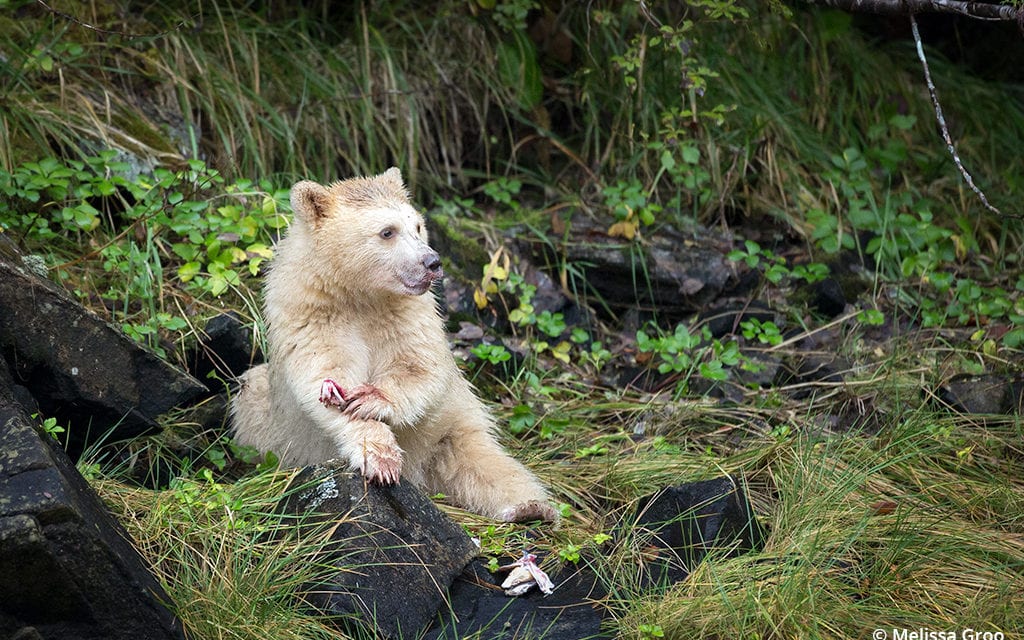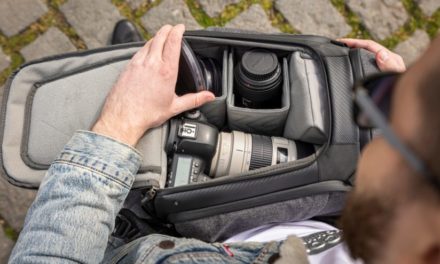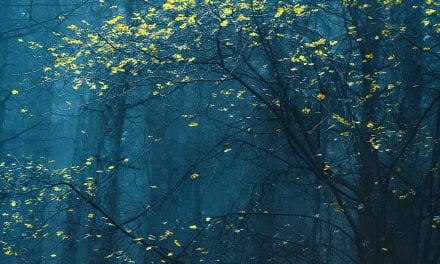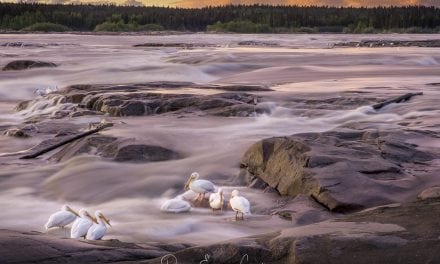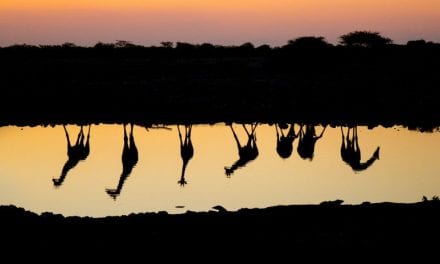Wildlife is one of the most challenging subjects for photographers. The most interesting wildlife photographs combine elements of portraiture, landscape and action photography.
Recording animal behavior in the wild also requires knowledge of your subject’s habitat and routines, technical camera skill—and lots of patience. And to photograph wildlife ethically, you also need to maintain awareness of how your presence is affecting your subject and be willing to miss a potentially great shot to protect your subject’s wellbeing.
These five guides from professional wildlife photographers cover everything you need to improve your wildlife photography, including creative advice, gear and technical guidance and the right approaches for good field ethics.
1. Be A Wildlife Biographer
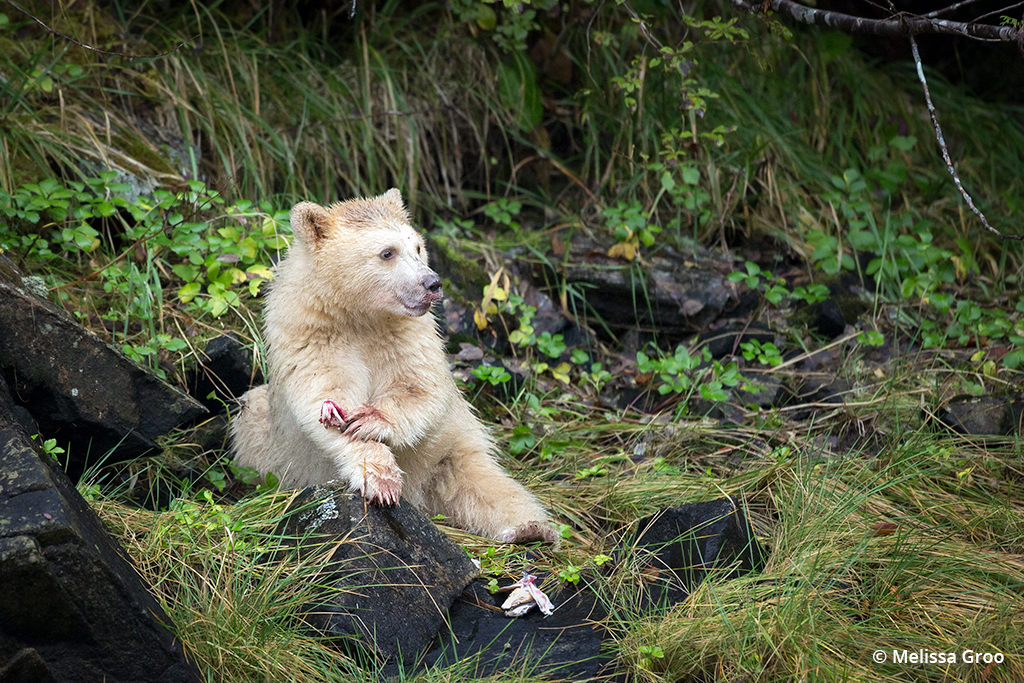
By Melissa Groo
I consider myself a wildlife biographer almost as much as a photographer, because I aim to visually tell the stories of wild animals’ lives. I’m deeply interested in the natural history of my subjects, and I’m always on the alert for interesting behaviors and gestures. To know what’s unique, what’s truly revealing, I have to know the basics of my subjects’ lives—what and when they eat, the risks to their survival, their family structures, how they move through their environment and what motivates these movements. Read more.
2. Camera Settings For Wildlife Photography
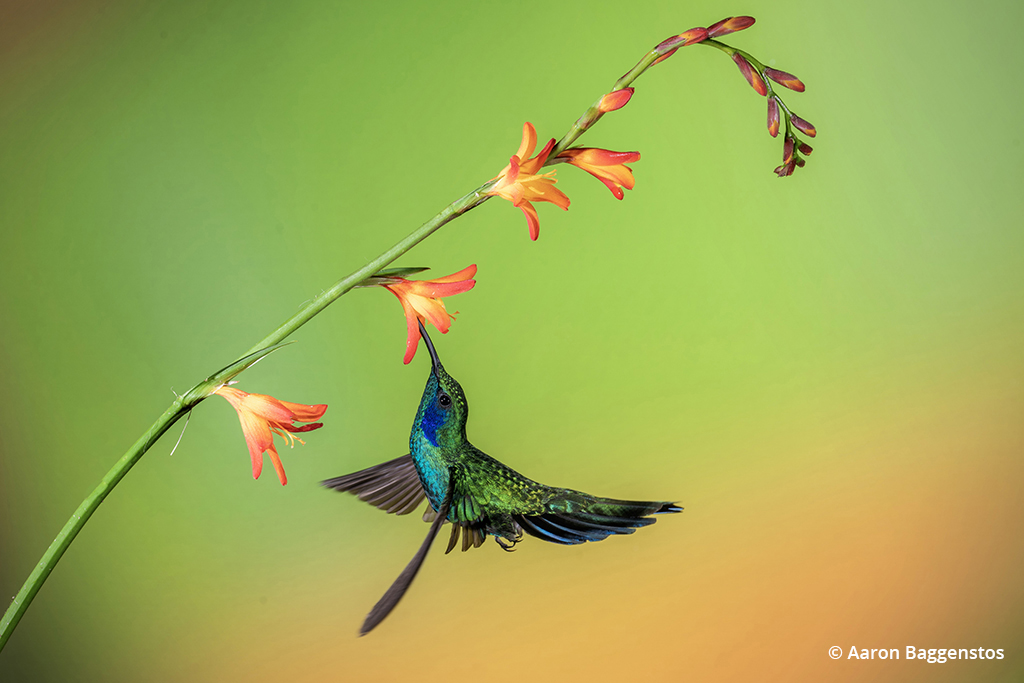
By Aaron Baggenstos
My photo tour clients frequently ask which are the best camera settings for wildlife photography. “Is shutter priority a good choice?” Or, “Do I always need to use manual?” Since choosing the right shooting mode can mean the difference between capturing a compelling wildlife image and missing the shot entirely, it’s important to know the options. Read more.
3. Telephoto Wildlife Technique
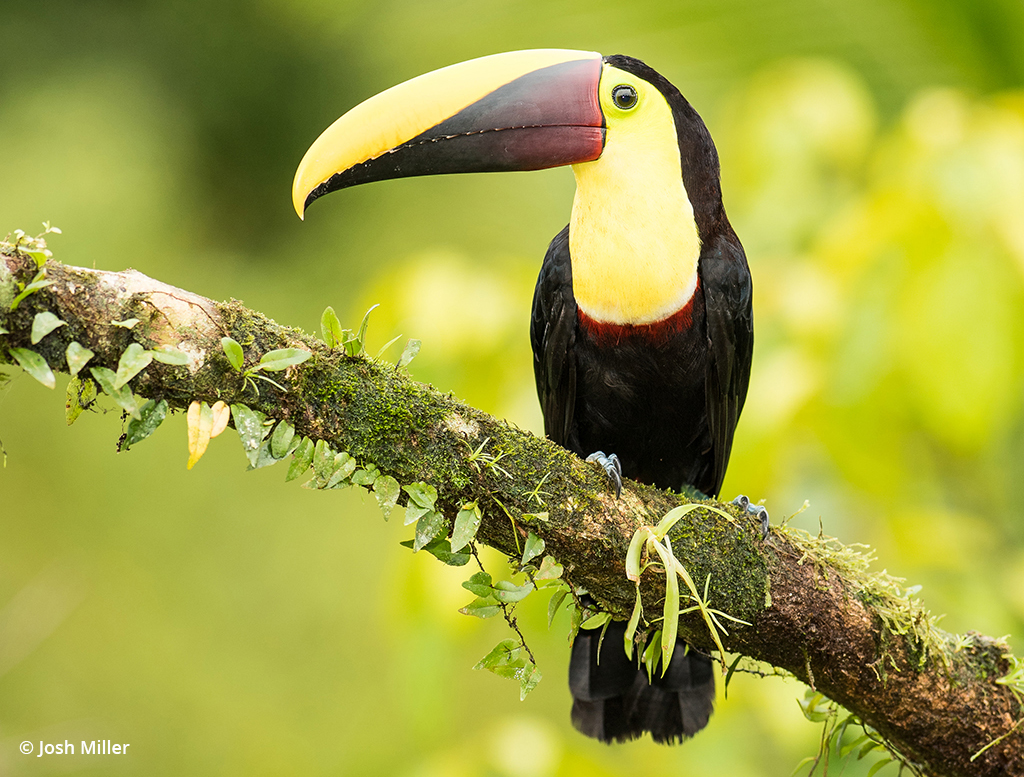
By Josh Miller
While every wildlife photographer wants to get “closer” shots, many photographers find it harder to make sharp images with long telephoto lenses than they expected. As focal length increases, so does the chance of error, but with a few quick tips, you can have that tele lens bringing home the goods with shots you never thought possible. Read more.
4. Wildlife Photo Impact
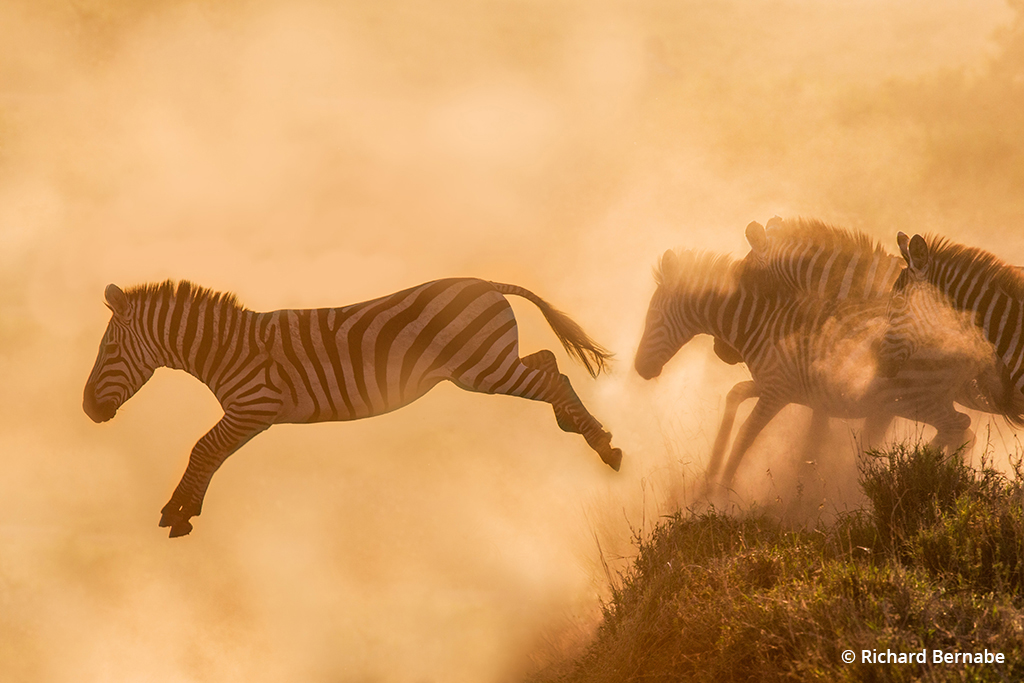
By Richard Bernabe
Most photographers understand that in order to capture wildlife subjects successfully, you must possess technical skill, patience and some specialized gear for even the most basic image or static portrait of a wild creature, but it takes imagination and artistry to capture wildlife images that stir the soul and make a real impact on the viewer. Read more.
5. Ethics From Empathy
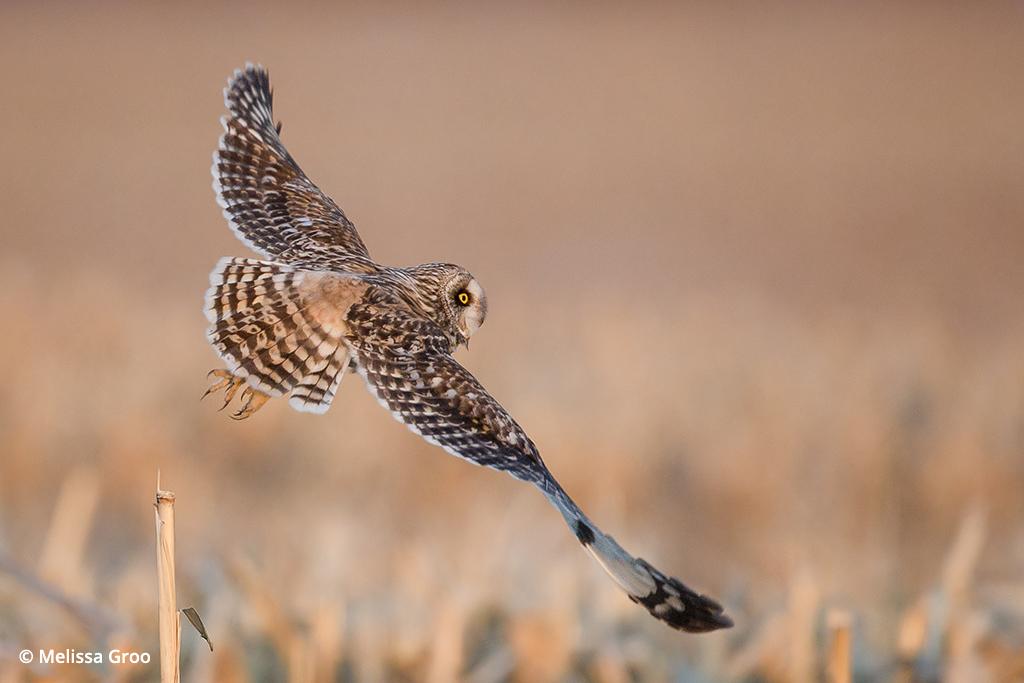
A short-eared owl lifts off from a cornstalk in pursuit of prey at sunset. Aurora, New York.
By Melissa Groo
Whenever we are out in nature to pursue our hobby or profession of photography, we are in a relationship with, and have an impact on, wild animals. What can help guide our decisions in such a way that we are ethical, responsible stewards of nature and wildlife? Often we must make decisions on the fly. Read more.
The post 5 Guides To Improve Your Wildlife Photography appeared first on Outdoor Photographer.

